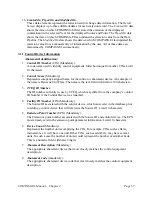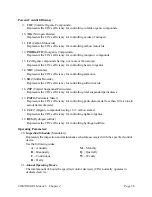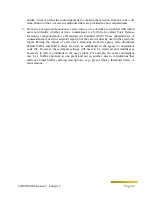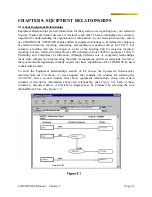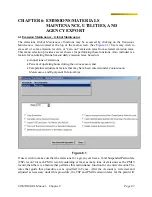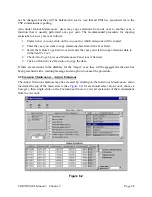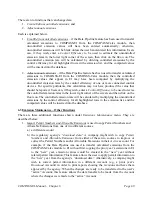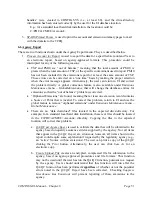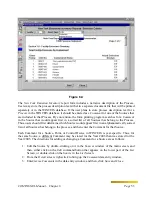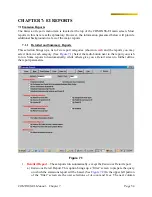
COMPASS-EI–Manual – Chapter 6
Page
50
2.
Import Emissions
is used to copy emission values from an external file that has been
formatted in accordance with PDC Corp’s instructions. If there are emissions in the
database for the “target” year they will be overwritten by the new data, even if the
specific Sources and Points are not included in the external file. A separate procedures
document is available from PDC Corp for companies interested in using this feature.
3.
Export Emissions for Current Account and Year
is used to copy emission values to an
external file. They can
saved
in Excel format for further calculations.
4.
Hourly Emissions
is used to produce a special agency inventory. It calculates average
emissions for every hour of a defined period and source list by dividing the annual
emissions by the hours of operation and converting to lbs per hour. On the
Generate
Hourly Emissions
tab click
Add New Path
to enter FIN-EPN-Contaminant combinations
to report. Then click
Generate Hourly for Selected Path
or
Generate Hourly for All
Paths
. On the
Edit Hourly Emissions
tab, edit the generated default average emissions
for each hour or in blocks. On the
Prepare Submittal File
tab select the date range and
click
Retrieve,
then
Generate Export File
. This file can be emailed to the agency or
uploaded on the agency website.
6.4 Materials Maintenance
There are three functions shown under the
Materials Maintenance
menu. They are
described below:
1.
Materials Report
provides a listing of materials and activities, by Source. It will show
materials and activities for the selected Account, for all years, in order of the associated
Source ID.
2.
Orphan Materials
is used to view materials that may have become “orphaned” by a
deletion of the associated Source ID. If the report is blank and there are materials for the
selected Account, then all materials in the database for the selected Account have a valid
Source ID. A
Delete Orphans
button appears at the bottom of the report screen that will
enable permanent removal of all “orphaned” materials.
3.
Delete ALL Materials
is used to permanently remove all materials information from the
database for the selected Account.
6.5 Utilities
There are six functions shown under the Utilities menu. They are described below:
1.
Default Values
allows setting of default emission
Determination Method
and stack
Moisture Percent
. Enter the setting and click
Apply
.
2.
Emission Fees Calculations
enables detailed calculations and reporting of calculated
emission fees, by Source and Point, and by Contaminant. It also provides the capability to
determine fee amounts for Regulated Pollutants that do not belong to criteria pollutant
categories, and it saves the set-up for future years. It provides “high level” emission
reports, by criteria pollutant category and Source, or by criteria pollutant category and
Point. The detailed emission fee backup report for emission fees is especially useful to
justify and explain fees, and the summary report is acceptable in Texas in lieu of the
agency’s emission summary report. This program will only run properly if sufficient “file


